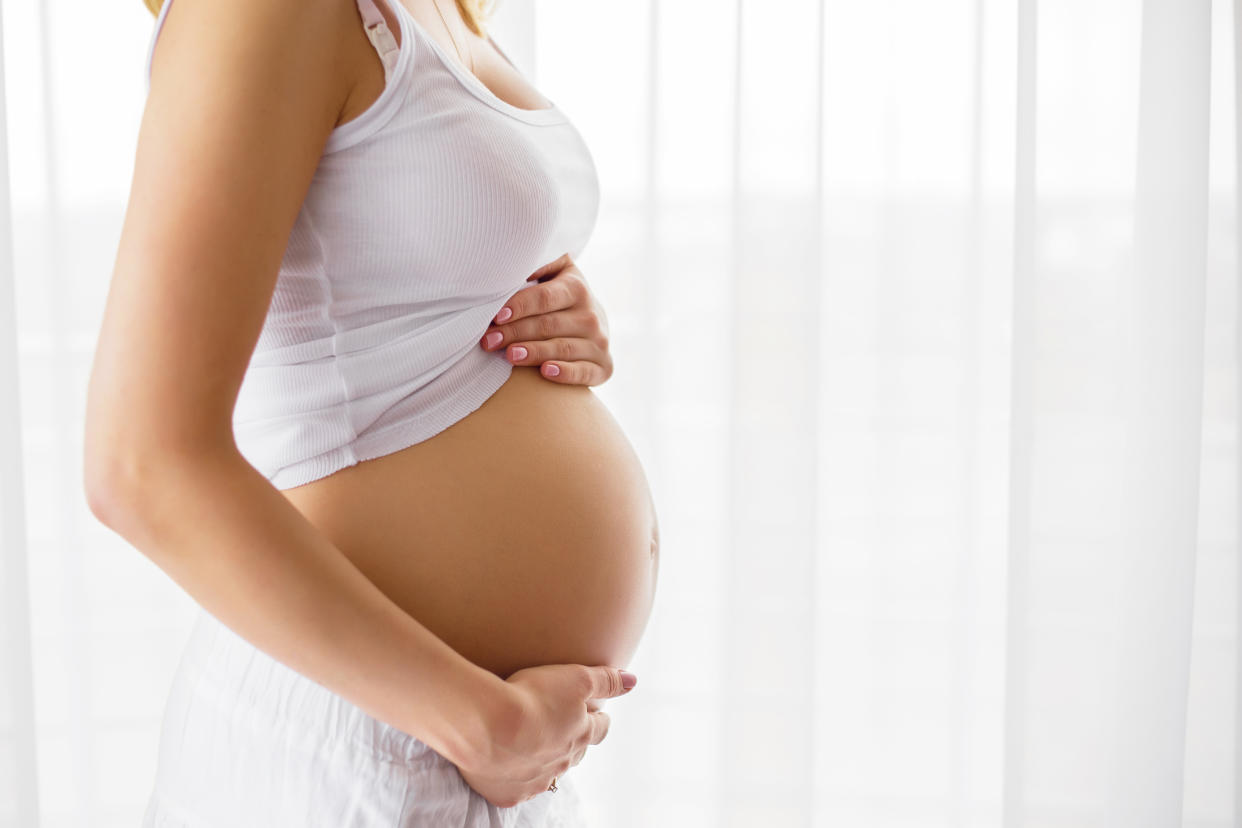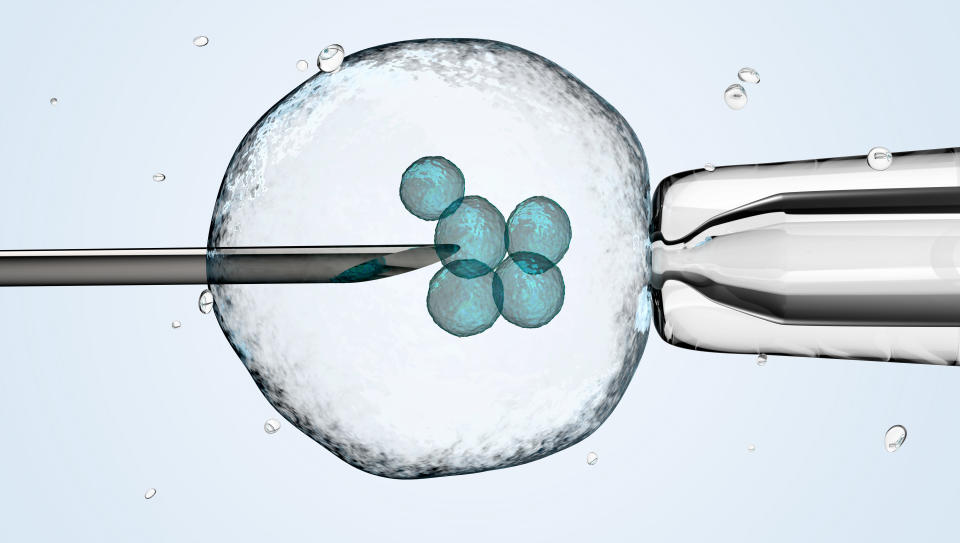NHS 'funds 60% of fertility treatments in Scotland but less than 30% in parts of England'

Access to fertility treatment can be a postcode lottery, research suggests.
A report by the Human Fertilisation and Embryology Authority (HFEA) – the UK’s fertility regulator – reveals the NHS funded 60% of therapies in Scotland, but less than 30% in parts of England in 2018.
Read more: Freezing your eggs: everything you need to know
Outside of England, NHS fertility funding is set nationally. In England, however, it is decided by local Clinical Commissioning Groups (CCGs), “leading to considerable regional variation”.
Many CCGs have cut funding, resulting in just 35% of in vitro fertilisation (IVF) treatments across England being covered in 2018, down from 41% in 2013.
One expert called the figures “hugely disappointing”, emphasising the “huge distress” infertility can cause hopeful parents.

CCG criteria for funding ‘may be strict’
In its report Fertility treatment 2018: trends and figures, the HFEA writes nearly half (45%) of all related therapies were covered in Northern Ireland.
In Wales, just over two in five (41%) patients did not have to foot the bill themselves.
England is the only devolved nation where the percentage of NHS funded IVF cycles has gone down.
The east of the country has been hit hardest, with more than half (55%) of the cycles carried out in 2013 being covered by the health service, compared to just over a quarter (26%) five years later.
Patients in Yorkshire and Humber have also seen support go from 45% to 26%.
In Scotland and Wales funding has gone up, from 51% to 60% and 23% to 41%, respectively.
Northern Ireland covered 45% of IVF cycles in both 2013 and 2018.
Overall, around 2,000 fewer patients had their first round of IVF funded by the NHS in 2018 compared to 2017.
Read more: Love Island star Amy Hart will 'definitely' freeze her eggs
The National Institute for Health and Care Excellence (Nice) recommends three cycles of IVF be offered on the NHS to women under 40 who have been trying to get pregnant through regular unprotected sex for two years, or who have had 12 cycles of artificial insemination – directly inserting sperm into the womb.
For women aged 40 to 42, Nice recommends one IVF cycle if they meet the above criteria, have never had in vitro fertilisation before, show no evidence of low egg numbers, and are aware of the risks of IVF and pregnancy at their age.
The NHS warns, however, CCGs make the final decision and “their criteria may be stricter than those recommended by Nice”.
Some insist on a woman not having children already, being a healthy weight and not smoking.
Certain CCGs also only fund treatment for women under 35, while others only consider footing the bill in “exceptional circumstances”.
If someone is ineligible for funded treatment, the cost of going private varies. A single IVF cycle could set you back £5,000 ($6,139) or more. This is often on top on the expense of medicine, consultations and tests.
‘Infertility is a serious medical condition’
In better news, the report reveals IVF birth rates have improved for patients under 43, with younger age groups particularly benefiting.
In 2018, patients under 35 had a birth rate of 31% per embryo transferred, compared to only 9% when the HFEA was established in 1991.
Patients between 40 and 42 also had a higher chance of a live birth in 2018 than those under 35 in 1991, at 11% per embryo transferred compared to 9%.
Professor Adam Balen from the Royal College of Obstetricians and Gynaecologists praised this development, but added: “What is hugely disappointing is the continued fall in NHS funded cycles.
“Infertility is a serious medical condition, resulting in huge stress and distress, and caused itself by a large number of different medical problems.
Read more: Nurse gives birth after funding IVF with £1million lottery win
“Indeed, it is the second commonest reason for women of reproductive years to visit their GP.
“IVF is cost effective and has shown to be an economic benefit to society.”
Fertility treatments were one of many medical services forced to shut amid the coronavirus outbreak.
NHS and private fertility clinics were instructed to stop all treatment by 15 April, with some closing their doors beforehand.
They were allowed to reopen from 11 May, providing social distancing was in place.
“Our government made a special case for fertility treatments to restart as health services began to re-open during COVID restrictions,” said Dr Jane Stewart from the British Fertility Society.
COVID-19 is the respiratory disease that can be triggered by the coronavirus.
“It would be good to see proper funding backing up that support,” added Dr Stewart.


